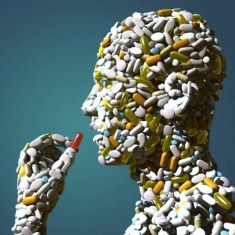Through a research opportunity, I have begun working with some very remarkable people with great ideas about health system strengthening. Andrey Ostrovsky is one of them. Check out his presentation on an innovative Health Card Report he helped develop. The idea of connecting health initiatives through the web is a great idea to collaborate all the health efforts in a community and strengthen access to health.
This presentation was titled “San Francisco Community Vital Signs: Implementing Policy and Innovating for Health.” Andrey Ostrovsky, a fourth year medical student at Boston University and a 2009-2010 Doris Duke Foundation Fellow at UCSF, outlines the process of creating an online tool that evaluates and strengthens the local public health system in San Francisco. Ostrovsky also describes the lessons learned from operating at the intersection of social missions, entrepreneurship, and politics.



 Foundation provides access to capital needed for the poor to use to develop or expand a small business.
Foundation provides access to capital needed for the poor to use to develop or expand a small business.




 ible.
ible.




